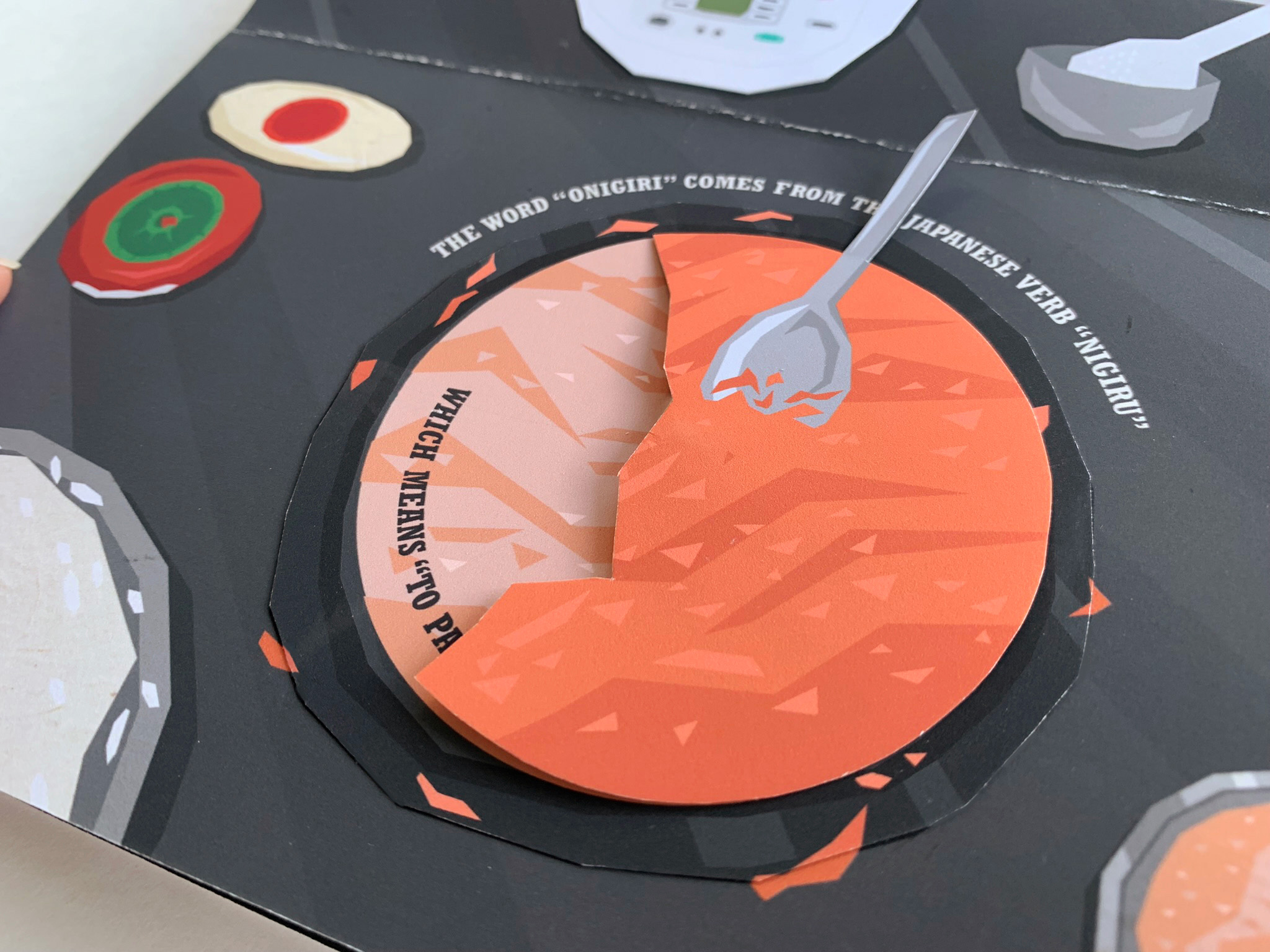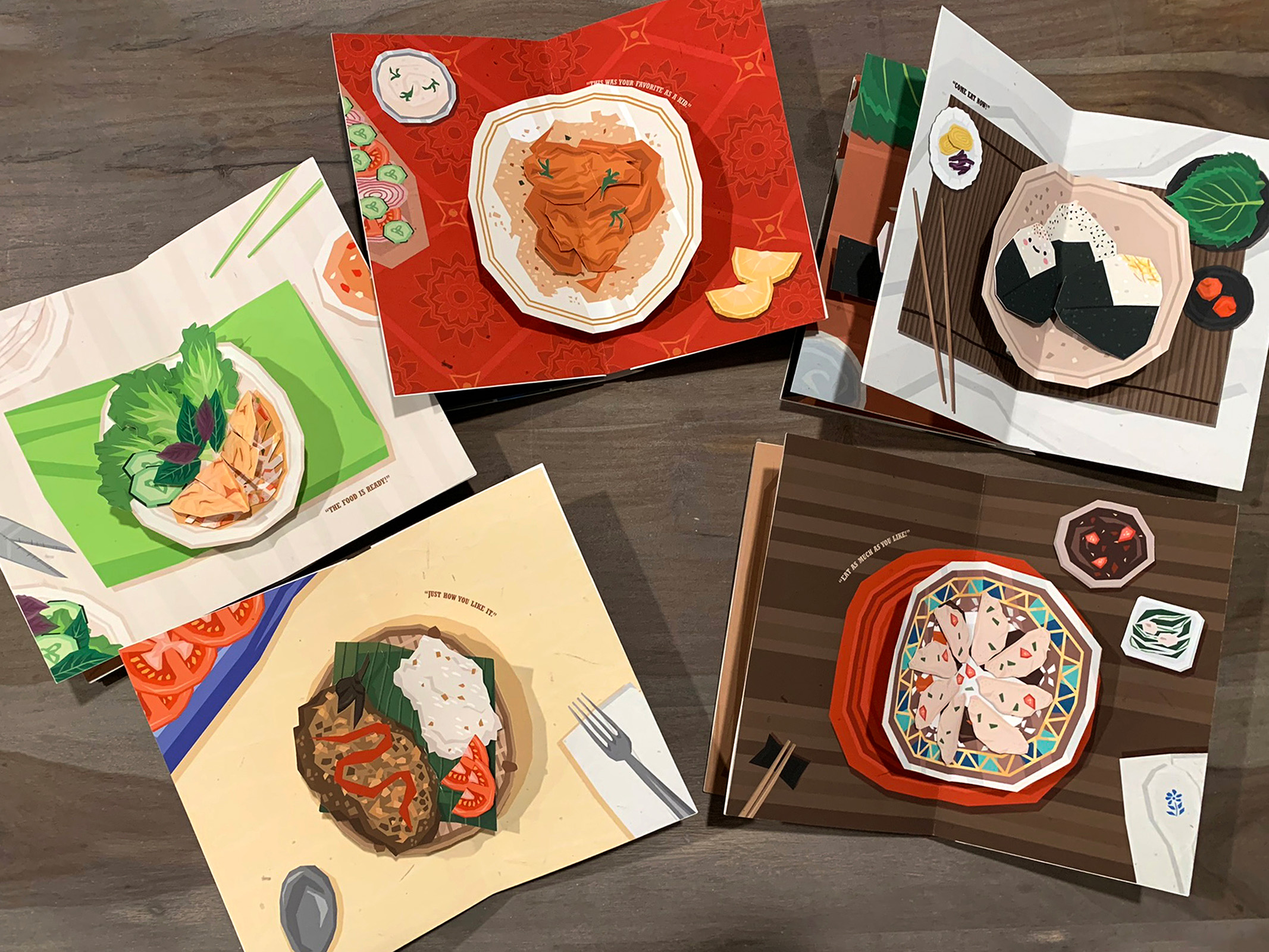Encapsulating the Asian American experience by showcasing the top 5 demographics in America through storytelling gestures and perspective.
Abstract
The display of a meticulously crafted favorite dish sitting on top of the counter after coming home. The knock on the door that’s greeted by a plate of an assortment of peeled fruits after a particular difficult study session. The pantry that was recently stocked up after a certain brand of cookies was mentioned to be delicious.
Communicated through unspoken words, presenting food in any form can relay a message from one person to another. Rather than it being only a resource for survival, the world has created beauty around it. The rich background of any dish can convey the emotions, identities, cultures, and traditions associated with the person creating it. Food is presented as a gift in some instances that could convey wishing good luck to the receiver, welcoming one to the family, or coming together to celebrate a traditional holiday. Though these gestures are seen as grand in the eyes of the culture being presented, they are often set forth as nonverbal ways of appreciation and affection.
Among Asian cultures, it’s not common to be outspoken when it comes to emotions and hardships that someone faces. This is due to communication patterns that stem from the common cultural structures that affect generation after generation. Especially with Asian Americans, communicating with their parents and older relatives is difficult because of the direct impact from growing up in a predominantly western society.
Communicated through unspoken words, presenting food in any form can relay a message from one person to another. Rather than it being only a resource for survival, the world has created beauty around it. The rich background of any dish can convey the emotions, identities, cultures, and traditions associated with the person creating it. Food is presented as a gift in some instances that could convey wishing good luck to the receiver, welcoming one to the family, or coming together to celebrate a traditional holiday. Though these gestures are seen as grand in the eyes of the culture being presented, they are often set forth as nonverbal ways of appreciation and affection.
Among Asian cultures, it’s not common to be outspoken when it comes to emotions and hardships that someone faces. This is due to communication patterns that stem from the common cultural structures that affect generation after generation. Especially with Asian Americans, communicating with their parents and older relatives is difficult because of the direct impact from growing up in a predominantly western society.
Thesis Statement
How food is another method of communication will be explored through cultural identity and its influence someone’s relationship with food and how food is used as a way of showing love and care in an Asian American household.
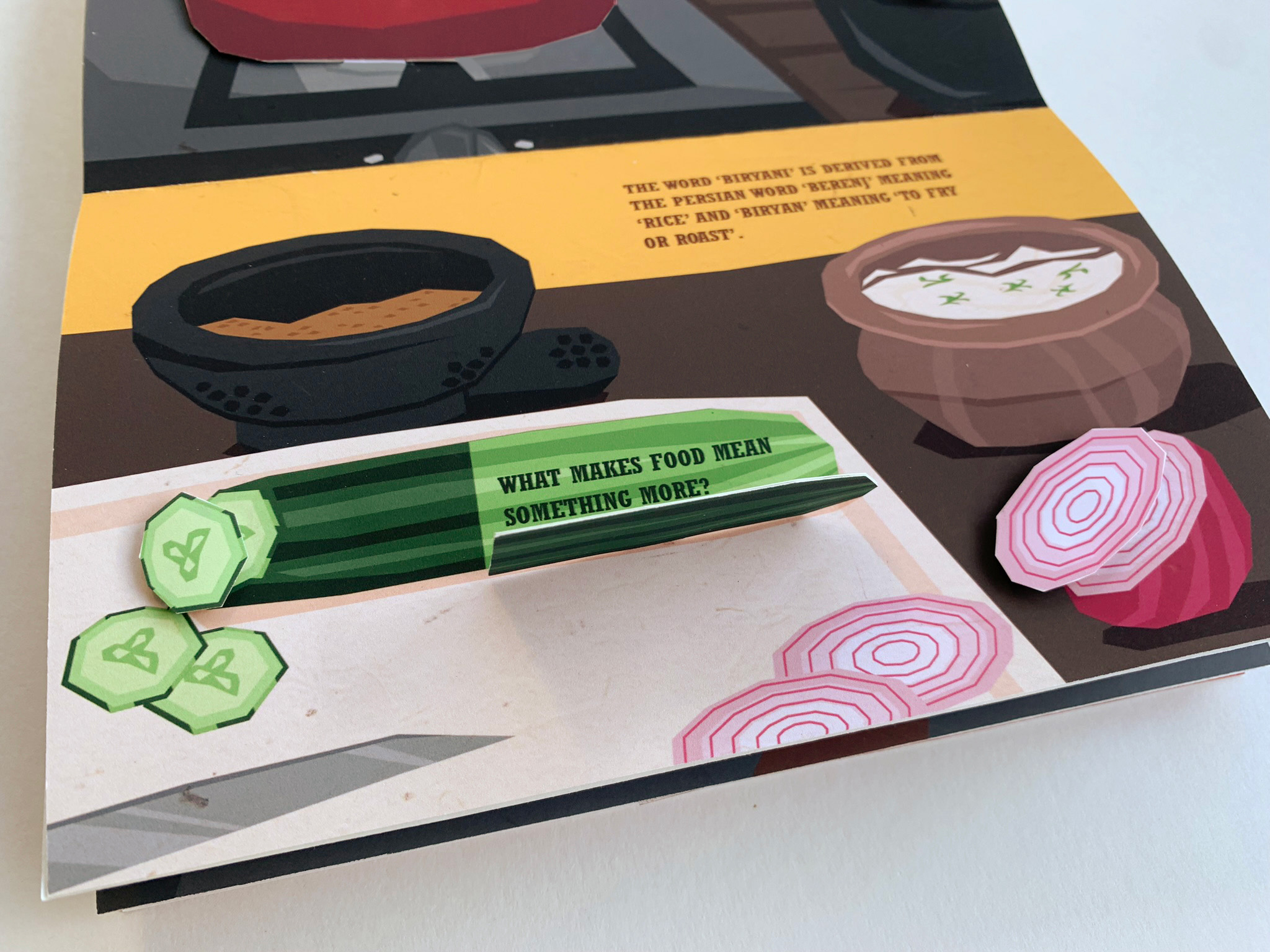
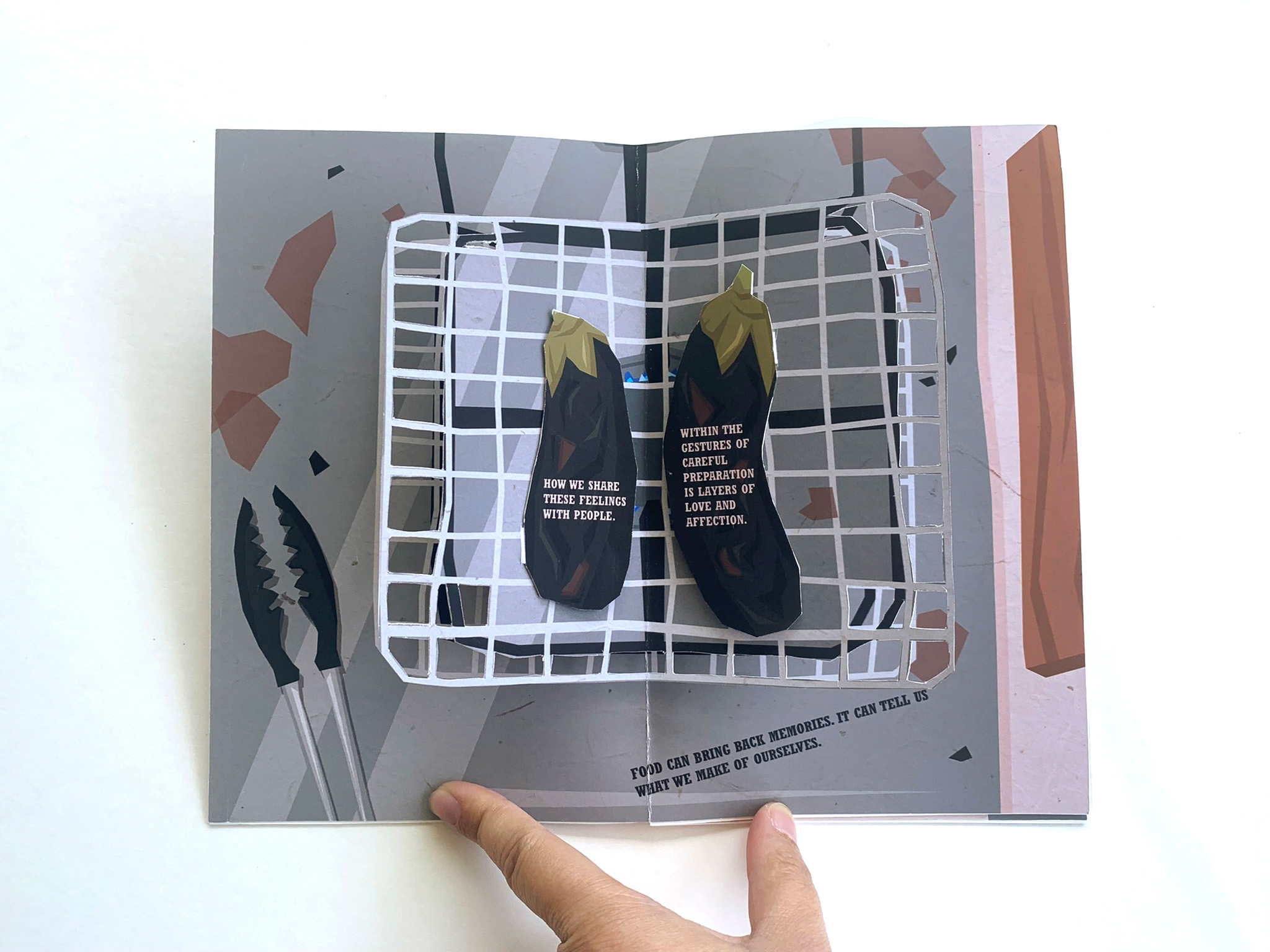
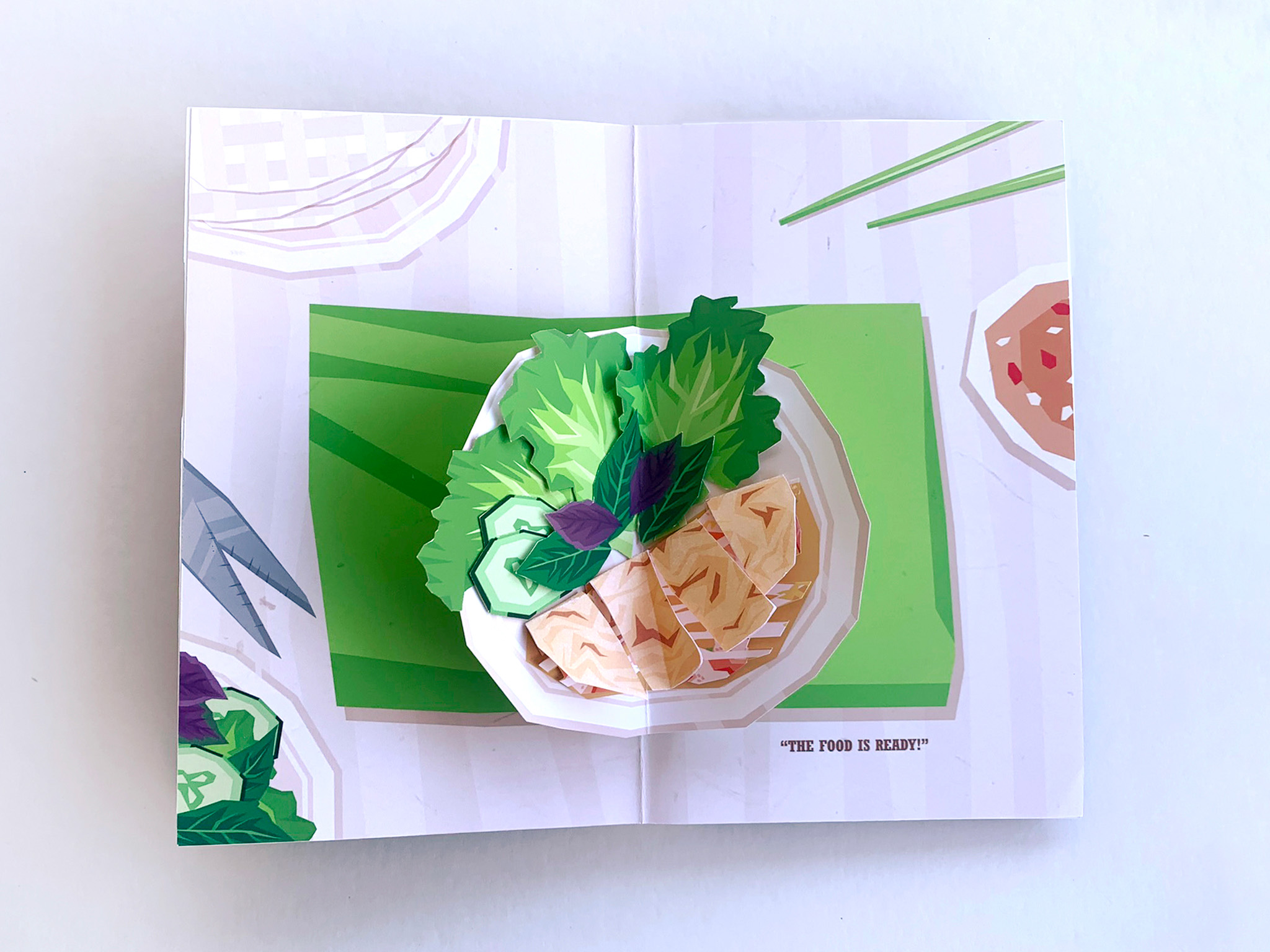
Research Questions
-
What makes food such a significant part in Asian American culture?
-
How is food able to communicate a message without the use of words?
-
How does identity and culture play a part in how food is seen as a form of showing love?
Outcome
The overall narrative goes through 5 different dishes that each encapsulates a feeling of what someone feels when they eat a certain dish that connects them to their culture.
Without being direct, the food is made with love. The storytelling is meant to show how through subtle words of appreciation, gestures, and preparation, there is love being poured into every invisible crevice that we can’t see.
No matter how big or small the gesture could be, the simple ways of wordlessly presenting a prepared dish for someone or asking if they’ve eaten anything yet can speak volumes.
Without being direct, the food is made with love. The storytelling is meant to show how through subtle words of appreciation, gestures, and preparation, there is love being poured into every invisible crevice that we can’t see.
No matter how big or small the gesture could be, the simple ways of wordlessly presenting a prepared dish for someone or asking if they’ve eaten anything yet can speak volumes.
Advisors
Connie Hwang–Primary Advisor
SJSU Professor, Graphic Designer
SJSU Professor, Graphic Designer
Chang Kim–Secondary Advisor
SJSU Professor, Graphic Designer
SJSU Professor, Graphic Designer
Cari Borja–Tertiary Advisor
SJSU Professor, Cultural Anthropologist
SJSU Professor, Cultural Anthropologist
Process Book



